-
 Bitcoin
Bitcoin $108,562.4295
0.46% -
 Ethereum
Ethereum $2,533.9553
1.52% -
 Tether USDt
Tether USDt $1.0002
-0.01% -
 XRP
XRP $2.2542
2.23% -
 BNB
BNB $662.4567
1.48% -
 Solana
Solana $151.4114
3.48% -
 USDC
USDC $0.9999
0.00% -
 TRON
TRON $0.2860
0.91% -
 Dogecoin
Dogecoin $0.1685
3.72% -
 Cardano
Cardano $0.5809
1.63% -
 Hyperliquid
Hyperliquid $39.2916
1.85% -
 Sui
Sui $2.8874
0.85% -
 Bitcoin Cash
Bitcoin Cash $496.5801
2.72% -
 Chainlink
Chainlink $13.3582
2.48% -
 UNUS SED LEO
UNUS SED LEO $9.0279
0.07% -
 Avalanche
Avalanche $18.0773
2.30% -
 Stellar
Stellar $0.2426
3.05% -
 Toncoin
Toncoin $2.9086
6.01% -
 Shiba Inu
Shiba Inu $0.0...01170
2.97% -
 Hedera
Hedera $0.1587
3.47% -
 Litecoin
Litecoin $87.4596
1.13% -
 Monero
Monero $317.0425
0.73% -
 Polkadot
Polkadot $3.3778
1.90% -
 Dai
Dai $0.9999
-0.01% -
 Ethena USDe
Ethena USDe $1.0001
-0.01% -
 Bitget Token
Bitget Token $4.4095
0.63% -
 Uniswap
Uniswap $7.3593
6.80% -
 Pepe
Pepe $0.0...09910
3.64% -
 Aave
Aave $274.7388
2.68% -
 Pi
Pi $0.4607
0.48%
How to operate Binance's cross-chain recharge?
Binance's cross-chain recharge lets you transfer assets between blockchains like Bitcoin to BSC, enhancing trading flexibility and efficiency.
Apr 15, 2025 at 09:08 pm
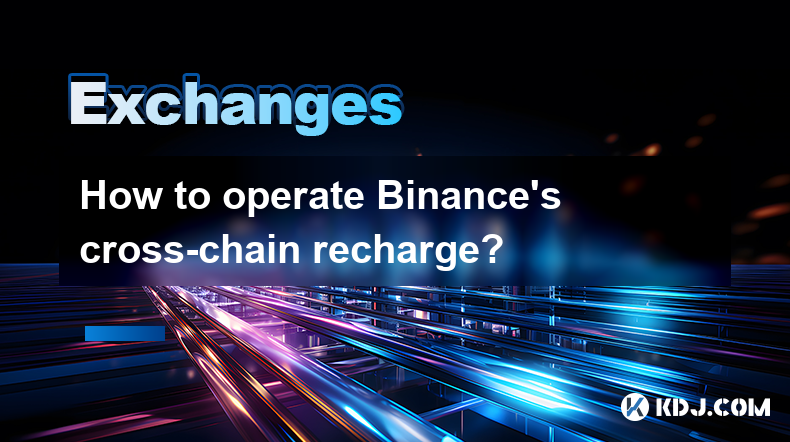
Introduction to Cross-Chain Recharge on Binance
Binance, one of the world's leading cryptocurrency exchanges, offers a feature known as cross-chain recharge. This functionality allows users to transfer assets from one blockchain to another seamlessly, enhancing the flexibility and efficiency of managing digital assets. Understanding how to operate Binance's cross-chain recharge can significantly improve your trading experience by enabling you to move assets across different blockchains with ease.
Understanding the Basics of Cross-Chain Recharge
Before diving into the operational details, it's crucial to grasp the concept of cross-chain recharge. Essentially, this process involves transferring cryptocurrencies from one blockchain network to another. For instance, you might want to move your Bitcoin (BTC) from the Bitcoin blockchain to the Binance Smart Chain (BSC) to take advantage of lower transaction fees or to participate in DeFi activities. Binance facilitates this transfer, ensuring that your assets remain secure and accessible.
Preparing for Cross-Chain Recharge
To successfully perform a cross-chain recharge on Binance, you need to ensure that your account is set up correctly. Here are the steps to prepare:
- Log into your Binance account: Ensure you have a verified account with the necessary two-factor authentication (2FA) enabled for security.
- Check your wallet balances: Verify that you have the assets you wish to transfer in your Binance wallet.
- Understand the fees: Familiarize yourself with the fees associated with cross-chain transfers, as they can vary depending on the asset and the networks involved.
Initiating a Cross-Chain Recharge
Once you are prepared, you can initiate the cross-chain recharge process. Follow these detailed steps:
- Navigate to the wallet section: On the Binance platform, click on the Wallet tab in the top navigation bar, then select Overview.
- Select the asset for transfer: Find the cryptocurrency you want to transfer and click on Deposit.
- Choose the destination network: In the deposit page, you will see an option to choose the network. Select the blockchain network to which you want to transfer your assets. For example, if you are transferring BTC to BSC, choose BEP20 (BSC).
- Generate a new deposit address: Click on Generate new address. Binance will create a new deposit address for the chosen network.
- Copy the deposit address: Once the address is generated, copy it to your clipboard.
- Initiate the transfer: Go back to the platform or wallet where your assets are currently held and initiate a withdrawal to the new deposit address you just generated on Binance.
Monitoring the Cross-Chain Recharge
After initiating the transfer, it's important to monitor the process to ensure everything goes smoothly. Here's what you should do:
- Check the transaction status: Use the transaction ID (TXID) provided by the sending platform to track the status of your transfer on a blockchain explorer.
- Wait for confirmation: Cross-chain transactions may take some time to complete, depending on the networks involved. Be patient and allow sufficient time for the transaction to be confirmed.
- Verify the balance: Once the transaction is confirmed, return to your Binance wallet and check that the transferred amount has been credited to your account on the new network.
Troubleshooting Common Issues
Occasionally, you might encounter issues during the cross-chain recharge process. Here are some common problems and their solutions:
- Transaction not confirmed: If the transaction remains unconfirmed for an extended period, check the network congestion and consider resending the transaction with a higher fee.
- Incorrect deposit address: Always double-check the deposit address before initiating the transfer. If you send assets to the wrong address, they may be lost forever.
- Network not supported: Ensure that the network you are trying to transfer to is supported by Binance for the specific asset. If it's not, you won't be able to complete the transfer.
Frequently Asked Questions
Q: Can I perform a cross-chain recharge from any blockchain to any other blockchain on Binance?
A: No, Binance supports cross-chain recharges for specific blockchains and assets. You should check the supported networks and assets on the Binance platform before attempting a transfer.
Q: What happens if I send assets to a deposit address generated for a different network?
A: If you send assets to an address generated for a different network, the transaction will likely fail, and your assets may be lost. Always ensure you are using the correct network and address for your transfer.
Q: Are there any risks involved in cross-chain recharges?
A: Yes, there are risks such as network congestion, high fees, and the potential for errors in address generation. It's important to understand these risks and take appropriate precautions, such as double-checking addresses and monitoring transaction statuses.
Q: How long does a cross-chain recharge typically take?
A: The duration of a cross-chain recharge can vary depending on the networks involved and their respective congestion levels. It can take anywhere from a few minutes to several hours.
Disclaimer:info@kdj.com
The information provided is not trading advice. kdj.com does not assume any responsibility for any investments made based on the information provided in this article. Cryptocurrencies are highly volatile and it is highly recommended that you invest with caution after thorough research!
If you believe that the content used on this website infringes your copyright, please contact us immediately (info@kdj.com) and we will delete it promptly.
- Elon Musk, Andrew Yang, and Polymarket: What's the Buzz?
- 2025-07-07 10:30:12
- Lightchain AI's Bonus Round: The Final Chance Before Mainnet & Ecosystem Tools
- 2025-07-07 10:30:12
- TON Foundation, UAE Golden Visa, and Toncoin Staking: A New Chapter in Crypto Residency?
- 2025-07-07 10:50:12
- Altcoin Prices, Institutional Investors, and the Ethereum Rotation: What's the Deal?
- 2025-07-07 10:50:12
- TON Coin, Golden Visa, and UAE Denial: What's the Real Deal?
- 2025-07-07 10:55:12
- PEPE's Bullish Trend: Riding the 50% Gain Wave?
- 2025-07-07 10:55:12
Related knowledge
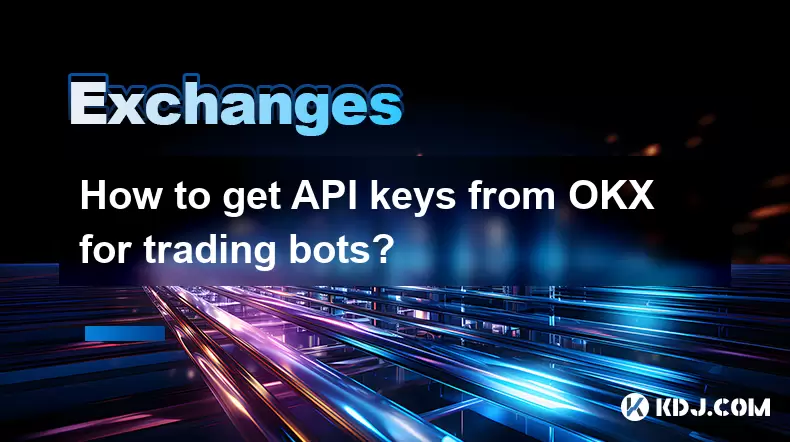
How to get API keys from OKX for trading bots?
Jul 03,2025 at 07:07am
Understanding API Keys on OKXTo interact with the OKX exchange programmatically, especially for building or running trading bots, you need to obtain an API key. An API (Application Programming Interface) key acts as a secure token that allows your bot to communicate with the exchange's servers. On OKX, these keys come with customizable permissions such ...
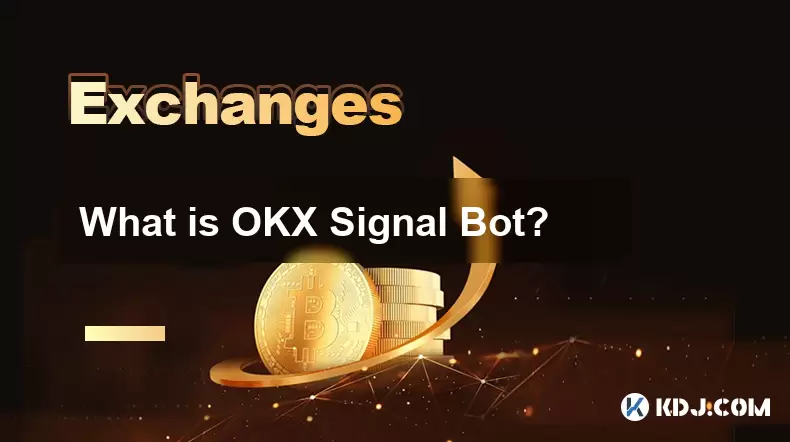
What is OKX Signal Bot?
Jul 02,2025 at 11:01pm
Understanding the Basics of OKX Signal BotThe OKX Signal Bot is a feature within the OKX ecosystem that provides users with automated trading signals and execution capabilities. Designed for both novice and experienced traders, this bot helps identify potential trading opportunities by analyzing market trends, technical indicators, and historical data. ...
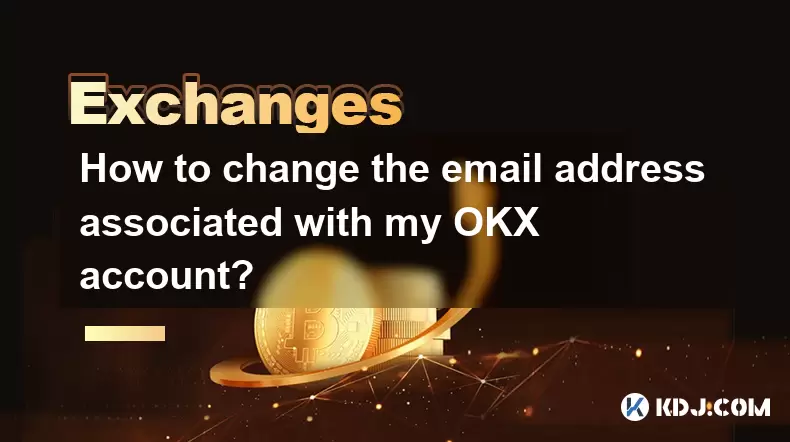
How to change the email address associated with my OKX account?
Jul 07,2025 at 08:07am
How to Change the Email Address Associated with My OKX Account?Changing the email address associated with your OKX account is a crucial process that ensures you maintain control over your digital assets and account security. Many users may find themselves needing to update their registered email due to various personal or technical reasons, such as swit...
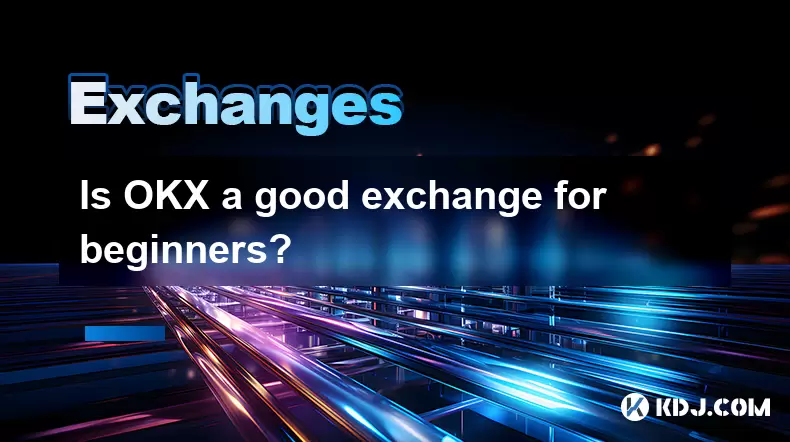
Is OKX a good exchange for beginners?
Jul 03,2025 at 05:00pm
What Is OKX and Why Is It Popular?OKX is one of the leading cryptocurrency exchanges globally, known for its robust trading infrastructure and a wide variety of digital assets available for trading. It supports over 300 cryptocurrencies, including major ones like Bitcoin (BTC), Ethereum (ETH), and Solana (SOL). The platform has gained popularity not onl...
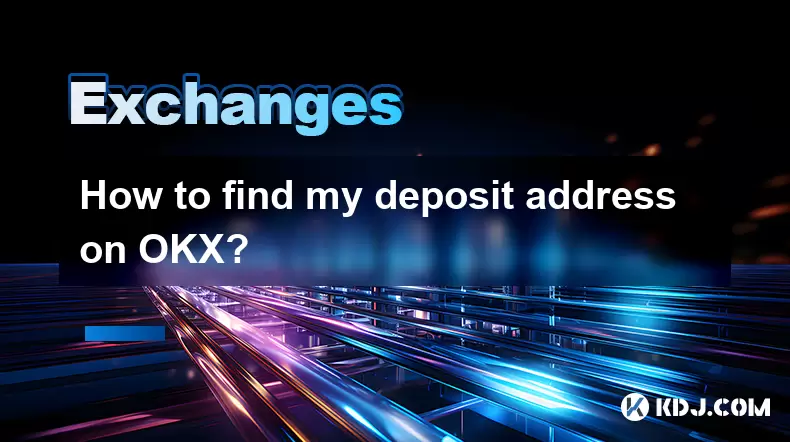
How to find my deposit address on OKX?
Jul 06,2025 at 02:28am
What is a Deposit Address on OKX?A deposit address on OKX is a unique alphanumeric identifier that allows users to receive cryptocurrencies into their OKX wallet. Each cryptocurrency has its own distinct deposit address, and using the correct one is crucial to ensure funds are received properly. If you're looking to transfer digital assets from another ...
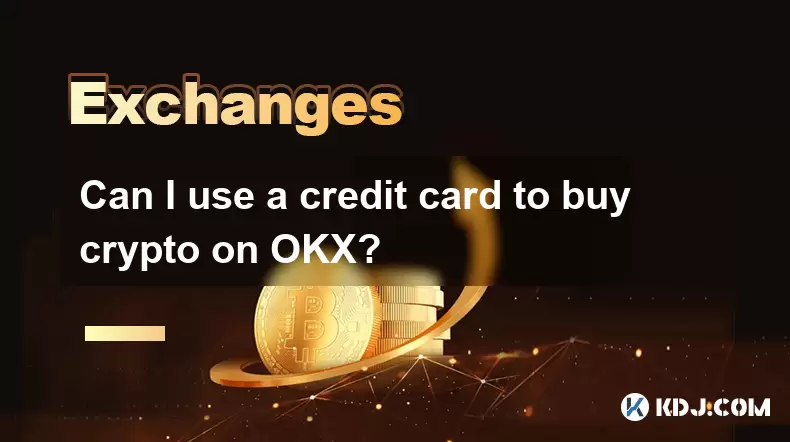
Can I use a credit card to buy crypto on OKX?
Jul 04,2025 at 04:28am
Understanding OKX and Credit Card PaymentsOKX is one of the leading cryptocurrency exchanges globally, offering a wide range of services including spot trading, derivatives, staking, and more. Users often wonder whether they can use a credit card to buy crypto on OKX, especially if they are new to the platform or looking for quick ways to enter the mark...

How to get API keys from OKX for trading bots?
Jul 03,2025 at 07:07am
Understanding API Keys on OKXTo interact with the OKX exchange programmatically, especially for building or running trading bots, you need to obtain an API key. An API (Application Programming Interface) key acts as a secure token that allows your bot to communicate with the exchange's servers. On OKX, these keys come with customizable permissions such ...

What is OKX Signal Bot?
Jul 02,2025 at 11:01pm
Understanding the Basics of OKX Signal BotThe OKX Signal Bot is a feature within the OKX ecosystem that provides users with automated trading signals and execution capabilities. Designed for both novice and experienced traders, this bot helps identify potential trading opportunities by analyzing market trends, technical indicators, and historical data. ...

How to change the email address associated with my OKX account?
Jul 07,2025 at 08:07am
How to Change the Email Address Associated with My OKX Account?Changing the email address associated with your OKX account is a crucial process that ensures you maintain control over your digital assets and account security. Many users may find themselves needing to update their registered email due to various personal or technical reasons, such as swit...

Is OKX a good exchange for beginners?
Jul 03,2025 at 05:00pm
What Is OKX and Why Is It Popular?OKX is one of the leading cryptocurrency exchanges globally, known for its robust trading infrastructure and a wide variety of digital assets available for trading. It supports over 300 cryptocurrencies, including major ones like Bitcoin (BTC), Ethereum (ETH), and Solana (SOL). The platform has gained popularity not onl...

How to find my deposit address on OKX?
Jul 06,2025 at 02:28am
What is a Deposit Address on OKX?A deposit address on OKX is a unique alphanumeric identifier that allows users to receive cryptocurrencies into their OKX wallet. Each cryptocurrency has its own distinct deposit address, and using the correct one is crucial to ensure funds are received properly. If you're looking to transfer digital assets from another ...

Can I use a credit card to buy crypto on OKX?
Jul 04,2025 at 04:28am
Understanding OKX and Credit Card PaymentsOKX is one of the leading cryptocurrency exchanges globally, offering a wide range of services including spot trading, derivatives, staking, and more. Users often wonder whether they can use a credit card to buy crypto on OKX, especially if they are new to the platform or looking for quick ways to enter the mark...
See all articles

























































































